Given that homemade plant milks aren’t sterilised, pasteurised or homogenised, they usually don’t last as much as their pre-packaged counterparts. One of the latter can travel in 30ºC heat and still last in a store shelf for 2 years. This wouldn’t happen with the more natural version (as it’s the case with basically all kind of fresh ingredients), so it’s necessary to take extra measures to ensure these drinks keep well for longer.
Here’s a comprehensive article on everything you should need to know about preserving homemade plant milks. You’ll see how simple it is!
1.The importance of cold
 Plant milks made at home are alive, meaning that they contain lots of active micro and macronutrients such as amino acids, minerals, lipids, vitamins, enzymes, etc… To ensure that these drinks last up to 3 to 5 days, it’s necessary to keep them in the fridge between 2 to 5ºC.
Plant milks made at home are alive, meaning that they contain lots of active micro and macronutrients such as amino acids, minerals, lipids, vitamins, enzymes, etc… To ensure that these drinks last up to 3 to 5 days, it’s necessary to keep them in the fridge between 2 to 5ºC.
Cold temperatures slow biochemical reactions taking place in the drink so they help keep milks for longer. If we decided to leave milks at room temperature (about 15-20ºC), these reactions would happen faster, making milk go bad too soon.
CSIC carried out important lab research on horchata preservation. Given that tigernut horchata is one of the most sensitive milks there are out there, we can figure that the rest of plant milks can be kept for slightly longer.
Temperatures between 0-2 ºC: Milk can be kept from 8 to 10 days.
Temperatures between 3-4º C: Milk can be kept from 5 to 8 days
Temperatures between 5-8º C: Milk can be kept from de 3 a 6 days.
2- The aging process
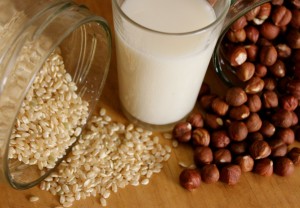 Were we to keep the fridge between 5 to 8ºC, milk would last up to 3-5 days. This will depend on factors such as temperature, degree of oxidation and the quality of the ingredients and water used to make the milk.
Were we to keep the fridge between 5 to 8ºC, milk would last up to 3-5 days. This will depend on factors such as temperature, degree of oxidation and the quality of the ingredients and water used to make the milk.
Here’s a fun fact: unlike pre-packaged milk, which has been previously subjected to thermic treatments, homemade plant milk is alive (like wine is), and therefore, it gets better with time, improving its texture and flavour.
Therefore, the best time to drink your homemade plant milk would be right before it ferments, 3 to 5 days after making it.
3- Sedimentation process:
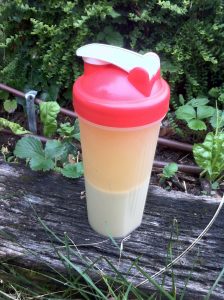
Sedimented pistachio milk
We’re often being asked whether stratification or sedimentation of plant milks is normal or a sign of it having gone bad. We’d like to clarify that this kind of processes are 100% normal and do not affect neither the nutritional properties nor the flavour of the milk. If you can see how the milk has separated in two phases, simply shake it well and it will be good as new.
The degree of separation of the phases depends on the kind of ingredients used:
Homemade oat milk tends to separate in two layers, a creamy one and a more liquid versión which sits on top.
Homemade coconut milk tends to form a thicker, creamer layer which sits on top of the thinner one. This previous layer is actually coconut oil, which can be used for cosmetic and culinary purposes, but you could also heat the milk again to dilute the layer of oil.
Homemade tigernut horchata tends to be homogeneous, but a thick, sand-like layer will appear on the bottom of the jar. It is important to shake it well before consumption to make sure one’s drinking all of its nutrients.
As you can see, not all plant milks behave the same, but sedimentation “problems” are easy to work out.
4- How to know if milk has gone bad:
 It’s possible to tell when milk has gone bad by checking its smell – which will not be pleasing – and flavour, slightly spicy due to the fermentation processes occurring. Some milks tend to also turn darker and slimier in texture.
It’s possible to tell when milk has gone bad by checking its smell – which will not be pleasing – and flavour, slightly spicy due to the fermentation processes occurring. Some milks tend to also turn darker and slimier in texture.
5- About the jar:
It’s best to keep your milk in a glass jar, covered with a hermetic lid. You’ve also let us know about this fabulous tip where you divide the milk into smaller jars – like jam jars – and keep the individual servings in the fridge, which improves:

PRESERVATION: you won’t need to open all jars whenever you need a serving of milk, so they will have extra protection.
DECANTATION: it’s easier to shake these smaller jars to make the contents homogeneous.
6-Can you freeze homemade plant milk?
Yes! Though there are a few factors to consider:
- It will last for a lesser time than milk which hasn’t been previously frozen, so it must be drunk in 1-2 days after defrosting.
- The texture will be negatively affected. Not all milks are the same though, and it’s interesting to note that nut milks and tigernut horchata are the best ones to freeze if needed.
If you really need to freeze some milk you’ve just made, it’s best to keep temperatures around 2ºC, so it will last longer. This way, you’ll also make the most of the aging process, which produces a creamier, more flavourful milk.
7- Can you heat homemade plant milks and cook with them?
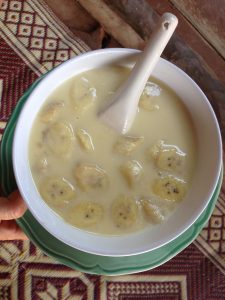
Coconut milk with banana
This one is a frequently asked question. The answer in this case would be yes. As said before, homemade milks are more sensitive to temperature changes, given that they haven’t been subjected to thermal treatments such as pasteurisation and the like, but it’s still possible to heat them when needed.
You can use homemade milks as you would use their industrial counterparts, adding them to tea, coffee or as part of hot meals. The only difference is that these natural versions are alive, which means they’re better for you!
Store-bought oat milk, for example, won’t get thicker when heated, unlike it happens with the homemade version. Why is that? Mucilage in natural milks is alive, so it reacts to heat and makes milk get thicker and creamier. Same thing goes for barley milk and other drinks made from grains, which makes them ideal to use in creams, desserts, puddings and sauces.
Other milks made from nuts and seeds won’t get thicker when heated, but in the event of them being subjected to elevated temperatures for a long time, they tend to separate into two phases, one being a greasy, coarse one. When this happens, milk looks not too appealing, but it can still be drunk with no problem.
Conclussion:
- You can heat any milk of your choice, and also cook with them.
- If you heat some milk and then place it back in the fridge, it will only make it last for a shorter period, but it isn’t dangerous for your health.
Hope these tips will help you enjoy your homemade plant milks even more than you already do!

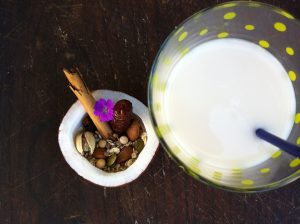
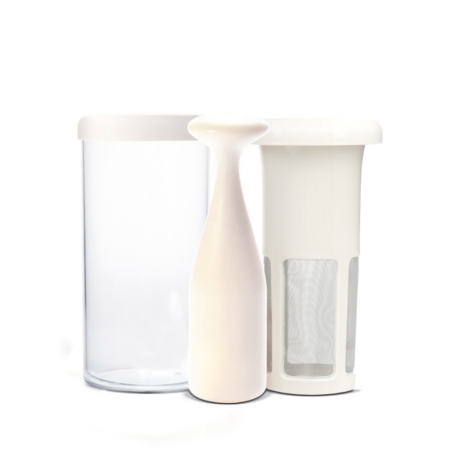
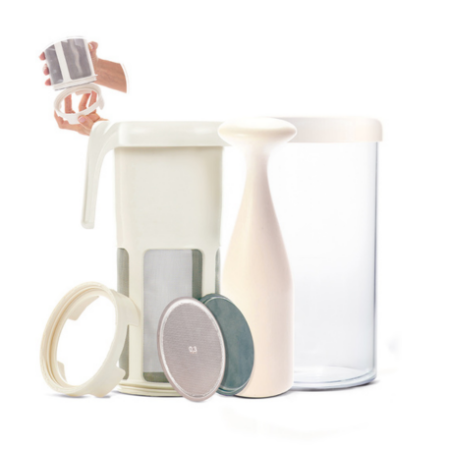
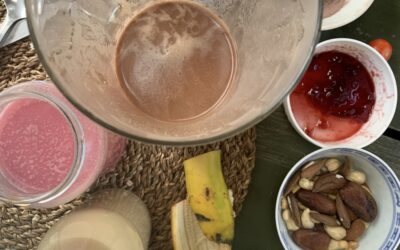
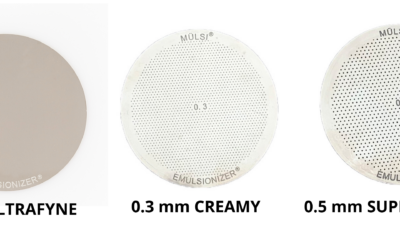

curious about processing plantbased milks, pressure canning specifically, can they be stored this way?
Hi Rachel, we haven’t tried it yet.
The stratification on settlement is common – not a quality issue – but is very inconvenient in hot drinks! Having your latte separate and form a coffee layer over a thick sedimentary base changes the flavours since you dont drink it as an integrated mixture. And if you are like me and do latte art – stirring is destructive!
Does anybody have any way to homogenise for longer (long enough to consume a hot drink at least!